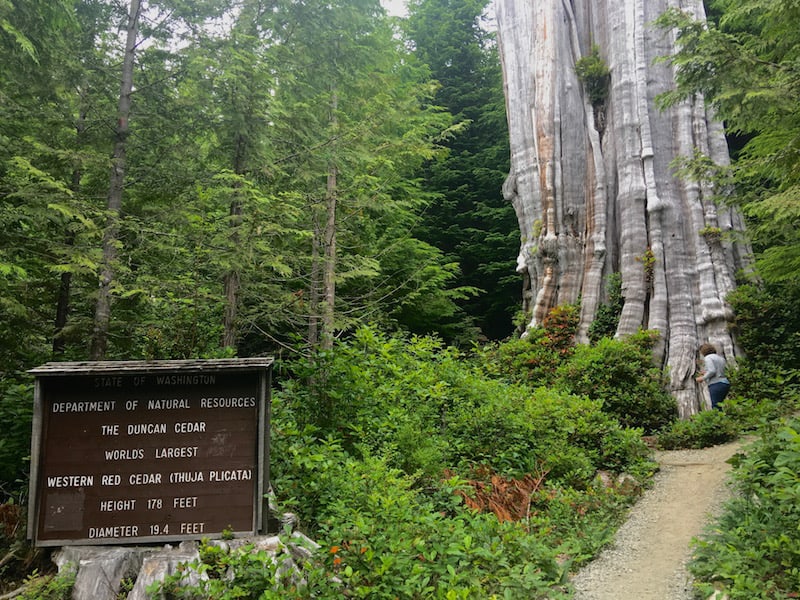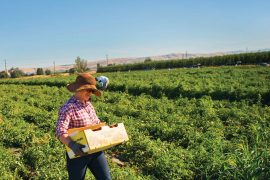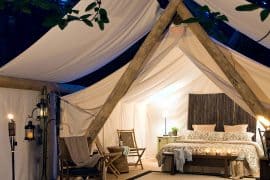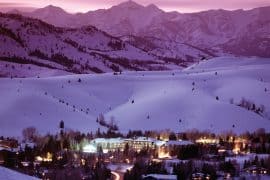Checking out the champion redcedar trees of the Olympic Peninsula
written and photographed by Ethan Shaw
Washington plays host to some of the grandest trees anywhere on the planet, barnone—colossal Douglas firs and Sitka spruces, skyscraping noble firs, barrel-trunked ponderosas mingling their vanilla scent with the aroma of sagebrush. But arguably none of them presents such a combination of staggering size, eccentricity, and palpable ancientness as the western redcedar.
Also called giant arborvitae (or simply, but incorrectly, “cedar”), this “Tree of Life” of many Northwest Coast native cultures ranks among the largest and longest-lived trees in the world, and certainly one of the absolute champs, girth-wise. In the Evergreen State, you can find redcedars from the Columbia Mountains of the northeast to the Salish Sea islands, but the tree’s preeminent redoubt is the Olympic Peninsula: Washington’s all-around big-tree hotspot and a fine destination for a wintertime arboreal safari.
Along with Vancouver Island, the Olympic Peninsula is ground zero for titanic redcedars. Several of the world-record ancients reign here, relics of a stature much more commonly seen before broad-scale logging in the Pacific Northwest. On a single (rainy) day on the westside—basecamped, perhaps, at the Quinault or Kalalochlodges—you can pay your respects to the best-known jumbo-size champions, found in Olympic National Park, Olympic National Forest and adjoining state forest lands: all breathtakingly primeval monuments of this drenched rainforest realm on the far edge of Washington.
Giants of the Olympic Peninsula
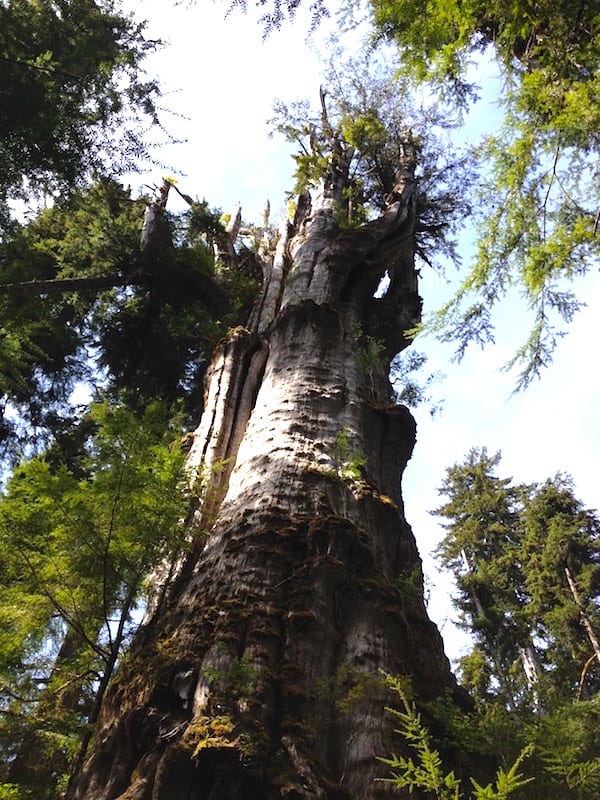
We can only begin our survey with a postscript for one of the world’s most epic trees. Until recently, the very biggest redcedar known anywhere grew on the north shore of Quinault Lake, just a cone’s throw from a host of other superlative trees in the “Valley of the Rainforest Giants.” is colossus boasted some 17,650 cubic feet of wood and a trunk 19.5 feet across, with a cavernous, hollow heart in which you (and a gaggle of friends) could stand. In July 2016, the Quinault Lake Redcedar toppled, a reminder that, though these trees seem like permanent fixtures set against the shorter timeframe and faster pace of human lifespans, they’re by no means immutable—or immortal. The past few years, incidentally, have also seen Washington’s two biggest ponderosa pines, both in the vicinity of Mount Adams, die—though hopefully they’ll stand for years yet as regal snags.
The National Park Service has decommissioned the short trail to the Quinault Lake Redcedar in the wake of its destruction, but you can marvel at its huge cousins along the lakeshore paths at July Creek nearby. And not far away, on the south shore of Quinault Lake, the Willaby Creek Redcedar looms as another immense champion, reachable via the Big Cedar spur route o the Rain Forest Nature Trail.
With the Quinault Lake Redcedar’s collapse, the timeworn Duncan Redcedar—more bleached, bony mega-snag than living tree, though it is plenty alive—now ranks as the heftiest of its kind in the U.S. at about 15,330 cubic feet in volume. It’s outsized by the slightly burlier Cheewhat Lake Redcedar on Vancouver Island, less voluminous than the Quinault tree was. Officially discovered by timber cruisers in 1978 and saved from
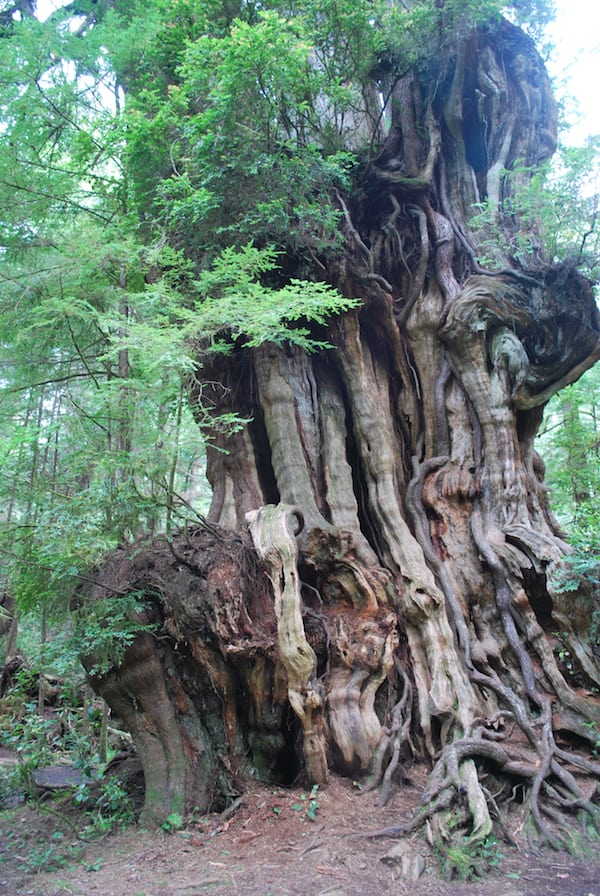
Massive and tall forest trees abruptly exposed by surrounding clear cuts often keel over in big winds, but the Duncan Redcedar has proved resilient. The skeletal white of its gargantuan, knobbed trunk comes festooned with hanging gardens of salal, evergreen huckleberry, and red huckleberry, and
The Duncan and Willaby Creek redcedars (like the Quinault Lake Redcedar when it still stood) are burly ramrod columns. The Kalaloch Redcedar, just off Highway 101 north of its namesake outpost, is completely different. Squat, mindbogglingly fat, extravagantly burled and many-headed, it’s the hobgoblin of the Olympic’s champion arborvitae. In a twist of fate, this salal-and huckleberry-garlanded fairytale tree split apart in a gale just two years (a blink of an eye, in redcedar-time) before the Quinault Lake Redcedar yielded to gravity. The damage to the Kalaloch, though, was less total—part of the hulk still stands and supports living foliage, though it’s no longer the broadest of its species in the world (before the fateful wind, it had a trunk diameter of about 20 feet).
Like the grounded bole of its Quinault Lake counterpart, the sundered Kalaloch Redcedar serves not only as testament to the whopping dimensions the Tree of Life can reach, but also the centuries—even millennia—of storm-battering a long-lived tree on the windward Olympic Peninsula endures.
Touring the Redcedar “Swamps”
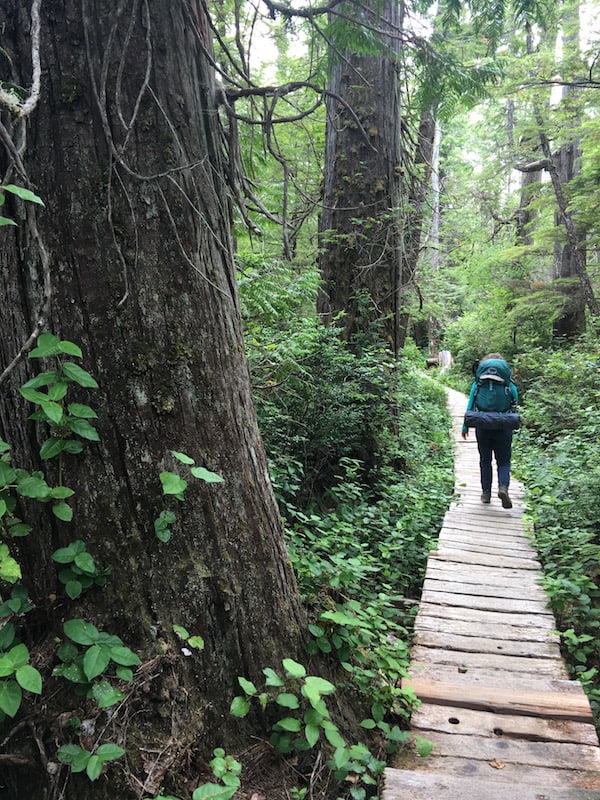
Redcedars flourish in the Olympic’s rainforest valleys and pop up among the foggy spruce stands on the coastal headlands and benches, but historically their true kingdom here was the waterlogged lowlands of the western coastal plain. Extensive logging has removed most of the giant redcedars from this realm, and the Duncan Redcedar on its margin is a lonesome standalone holdover amid tree plantations.
You can get a taste, however, for a redcedar- (and hemlock-) dominated maritime forest along the Sand Point and Cape Alava trails linking Ozette Lake with the Olympic wilderness coast. Thumping the boardwalks through sodden “swamp-jungle” of evergreen huckleberry, salal, bracken
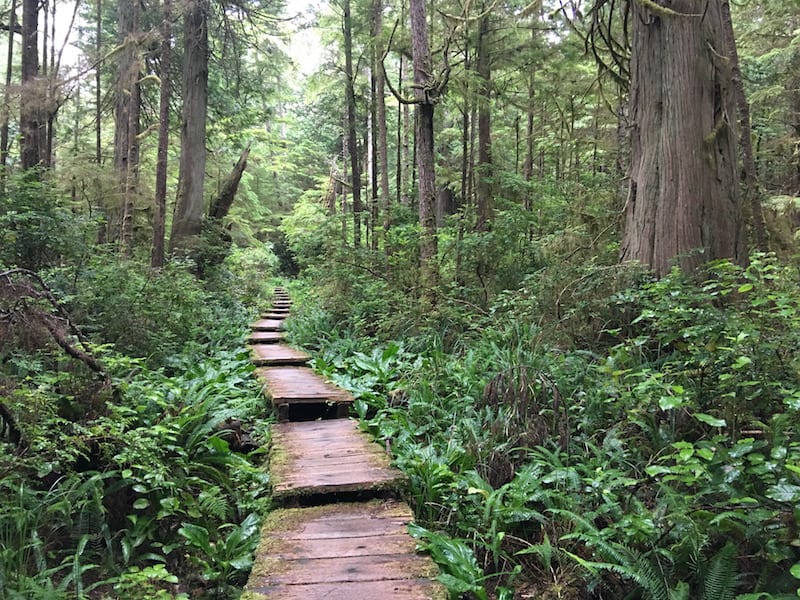
NOT TO MISS
MORE OLYMPIC TREE SAFARIS:
Many other
The Olympic Peninsula also lays claim to the biggest subalpine fir (near Cream Lake in the Bailey Range backcountry) and grand fir (along the Duckabush River Trail on the east side of the Olympic Mountains) and some of the heftiest specimens of Engelmann spruce, silver fir, and that tropical-looking Northwest hardwood, the Pacific madrone: a magnificent (but ailing) veteran on 8th Street in Port Angeles.
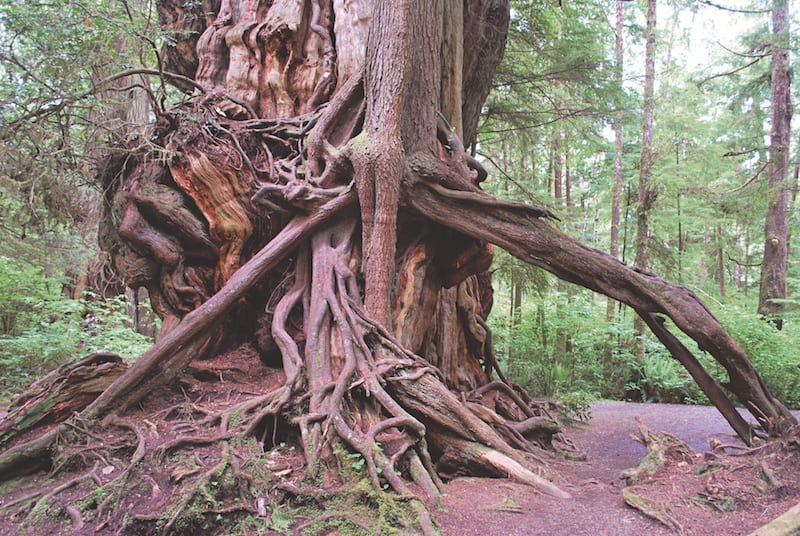
MORE GIANT REDCEDAR HOTSPOTS IN WASHINGTON:
Other good places to admire supersize redcedars in Washington include the Big Beaver Trail in North Cascades National Park, the Cedar Flats Natural Area along the Muddy River southeast of Mount St.Helens, and Long Island in Willapa Bay, to name a few.
READ MORE:
Robert Van Pelt’s Champion Trees of Washington State and Forest Giants of the Pacific Coast are invaluable big-tree references, not least for his superb scale drawings of the Olympic redcedar champions and other sylvan superstars.


